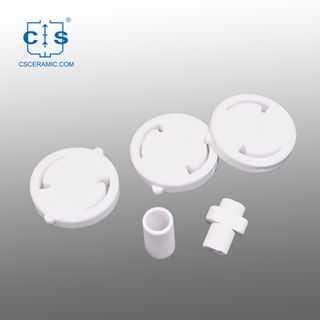
Zirconia ceramics, a versatile and sought-after material, can sometimes present an issue that baffles many manufacturers and engineers - cracking. In the intricate process of zirconia ceramic fabrication, whether through sintering pure zirconia ceramics or utilizing slip casting techniques, instances of cracks have been observed. This article delves into the reasons behind the cracking phenomenon in zirconia ceramics and sheds light on how to mitigate these challenges.
1. Volume Changes
The volume alteration during the transformation of monoclinic zirconia to tetragonal zirconia is a pivotal factor leading to cracks. This transformation results in significant volume fluctuations that manifest differently during heating and cooling cycles. This inherent discrepancy in volume changes becomes a potential trigger for cracks to emerge in zirconia ceramics. These cracks can potentially compromise the material's performance at high temperatures. However, there's a silver lining - the addition of appropriate additives can alleviate this issue, ensuring better ceramic integrity.
2. Sintering Matters
Sintering, a fundamental step in zirconia ceramic production, plays a vital role in the cracking puzzle. Sintering the ceramics in a neutral or oxidizing atmosphere at temperatures ranging between 1800°C to 1840°C results in phase transitions with substantial volume alterations. This exchange of energy during phase transitions, although fascinating, can be a breeding ground for cracks. To comprehend this better, one can refer to the zirconia phase diagram and identify critical phase transition points that may correlate with cracking.
Furthermore, a noteworthy technique employed to curb phase transitions in zirconia ceramics involves doping. Materials like Yttria-Stabilized Zirconia (YSZ) or Scandia-Stabilized Zirconia (SSZ) are frequently utilized in high-temperature applications, where specific phases are stabilized at room temperature through strategic doping. Doping zirconia ceramics with Yttrium oxide or other relevant compounds is a common practice to suppress phase transitions. Failure to incorporate these stabilizing additives can result in inevitable cracking during the sintering process.
In Conclusion
To encapsulate, the root causes of cracking in zirconia ceramics are multifaceted. If you encounter instances of cracking during zirconia ceramic processing, it's advisable to perform a comprehensive analysis using the insights provided above. Addressing the issues related to volume fluctuations and understanding the intricacies of sintering can substantially minimize the likelihood of cracks in your final zirconia ceramic products. By leveraging the power of strategic additives and controlled sintering conditions, manufacturers can ensure the exceptional quality and durability of their zirconia ceramics even in demanding high-temperature applications.
Thank you for reading. We invite you to visit CSCERAMIC for more information if you would like to learn more about industrial ceramic material and the advanced range of ceramic products we offer.




 info@csceramic.com
info@csceramic.com
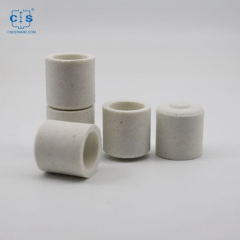
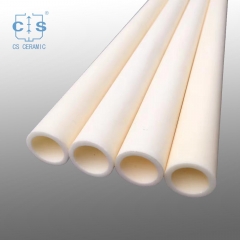
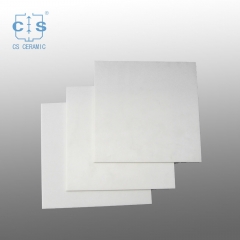
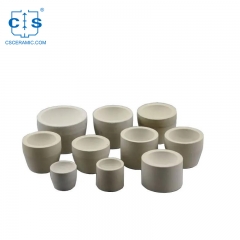
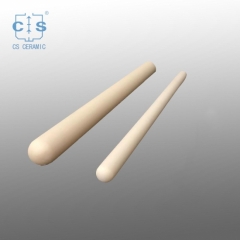
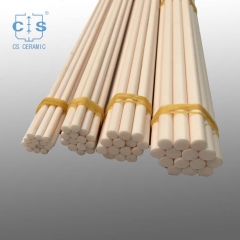
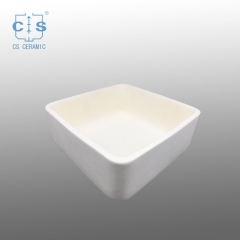
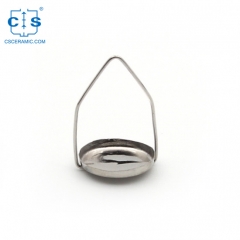
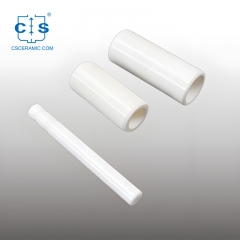
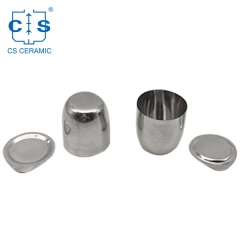







 +86 18273288522
+86 18273288522